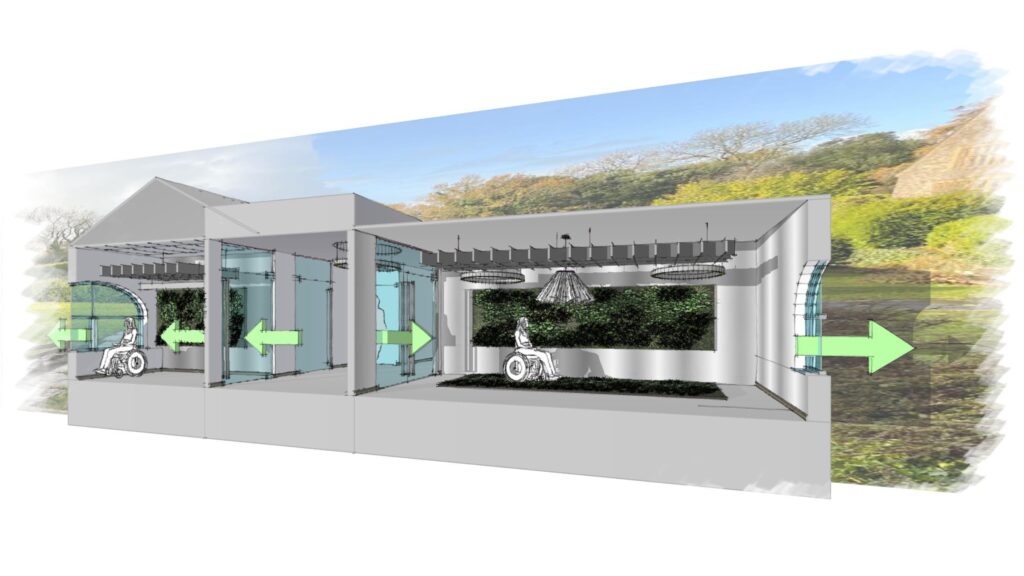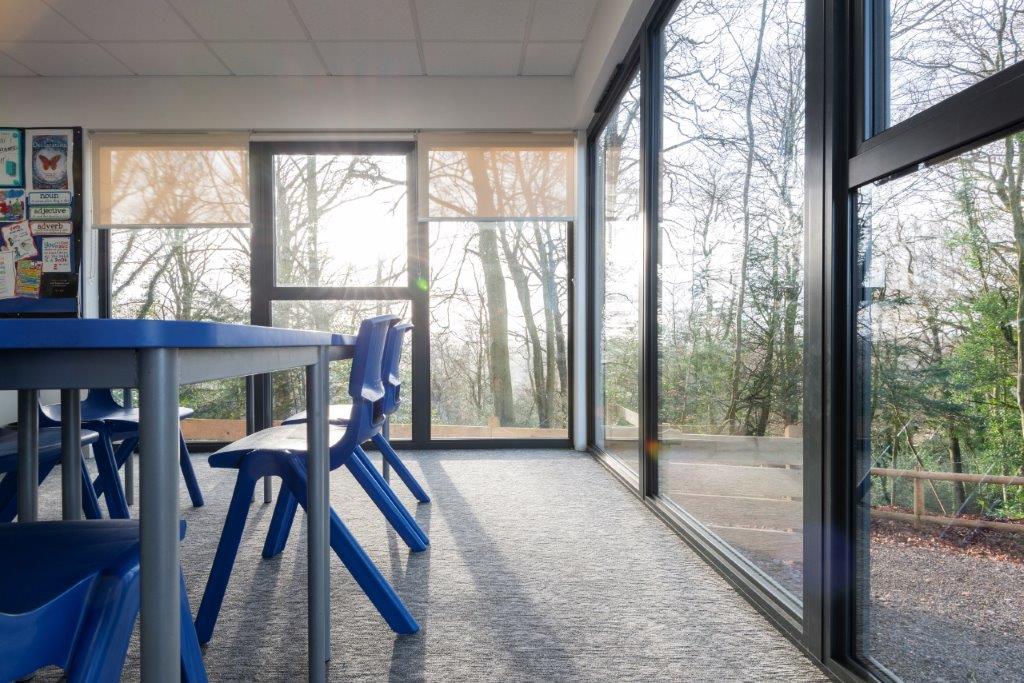Invaluable research is being ignored. Leaving behind an abundance of untapped potential. Learning environments are foundational to impactful education (more on this later), yet so many designs forsake this connection. 100% of students respond positively to human centrically designed environments, which make them feel better about school and themselves. So why aren’t all designs taking this into consideration? Luckily, Envoplan are combining modular construction with neuroarchitecture to help you unlock the full potential of your learning environments.
The vision

What is human-centric design?
How can it be achieved?
- Understanding the needs of the people who will be using the space, including students, teachers, and other staff members.
- Creating spaces that are flexible and adaptable so that they can be easily reconfigured to meet changing needs.
- Incorporating features that promote comfort and well-being, such as natural light, good air quality, and ergonomic furniture.
- Paying attention to aesthetics and creating spaces that are visually appealing and inspiring.
- Considering the role of technology in the learning environment and incorporating it in a way that enhances the learning experience without becoming a distraction.

Exemplary designs require an exemplary team
The client’s contribution is pivotal.
Collaboration is key. As such, the design process shouldn’t be monopolised by one party. Envoplan recognises this, involving clients closely throughout the journey. By collaborating with the school and encouraging their input, we can ensure that the end result is exactly what the school wants and needs. This collaborative approach assures that the school is fully satisfied with the final design and that the building will meet their requirements perfectly.

It’s more than aesthetics.
As we’ve touched upon, our designs are more than just aesthetically pleasing; they are created with a focus on enhancing wellbeing, cognition, and learning outcomes. Our approach to designing educational spaces is centred around providing flexibility in design and accommodating different learning styles, ensuring that both students and staff can achieve their full potential.
Human-centric design requires personalisation.
With a range of customisable solutions on offer, each design is tailored to suit the specific needs of individual students and teachers. We recognise that students learn in different ways and that the learning environment can significantly impact their academic journey. Therefore, our designs are focused on promoting student engagement, cooperation, and creativity. We believe that a well-designed space can facilitate learning and wellbeing, contributing to a comprehensive, well-rounded picture.

The importance of thoughtful design
Putting the person first
From the initial concept design to the final construction, Envoplan puts people at the centre of the process, working closely with our clients to understand their needs and preferences and incorporating these into the final product. With our innovative approach to design and construction, Envoplan is poised to lead the way in the development of modular buildings that truly revolve around the needs of the people who use them.




